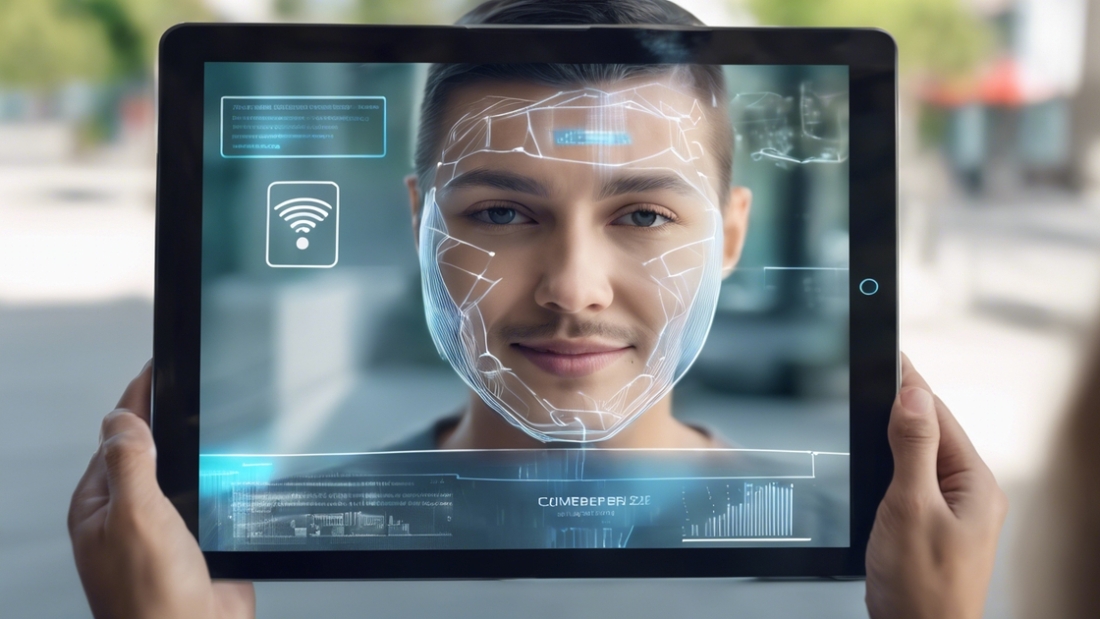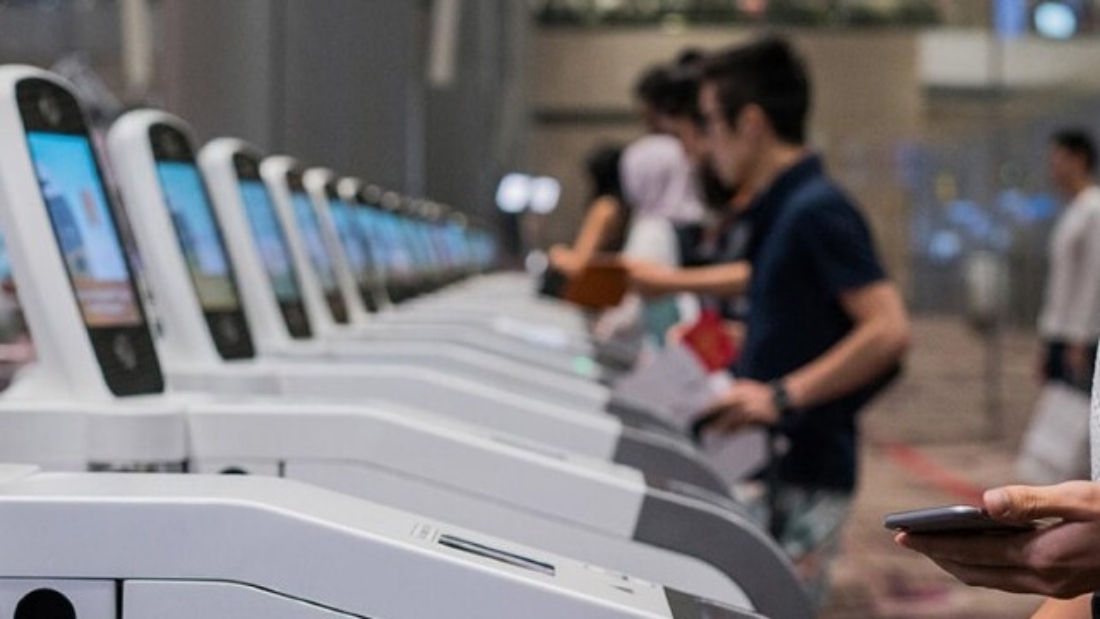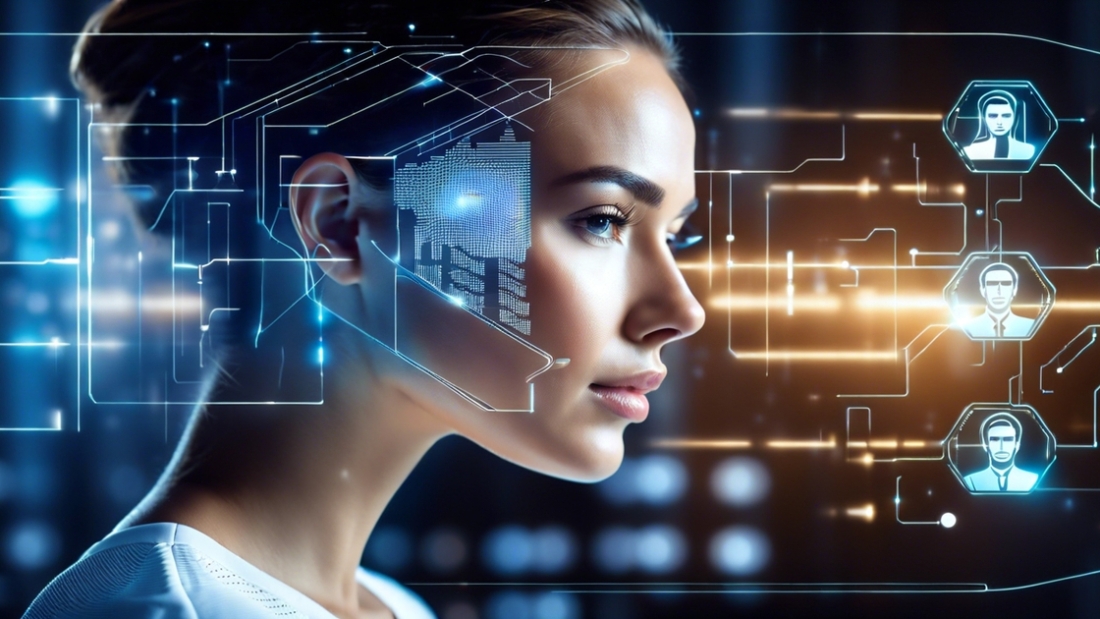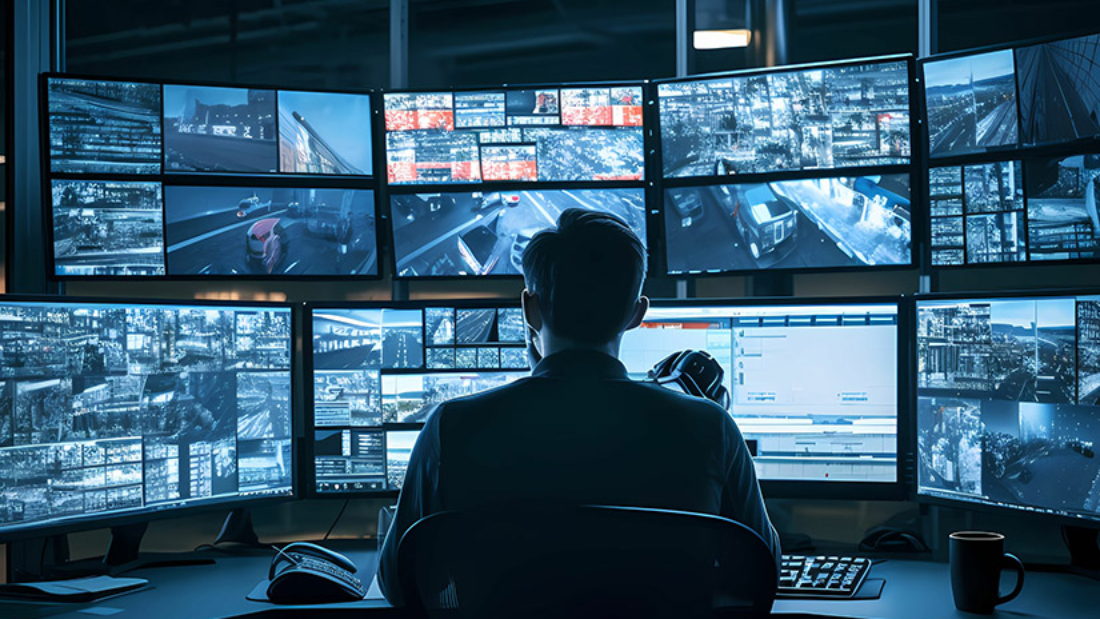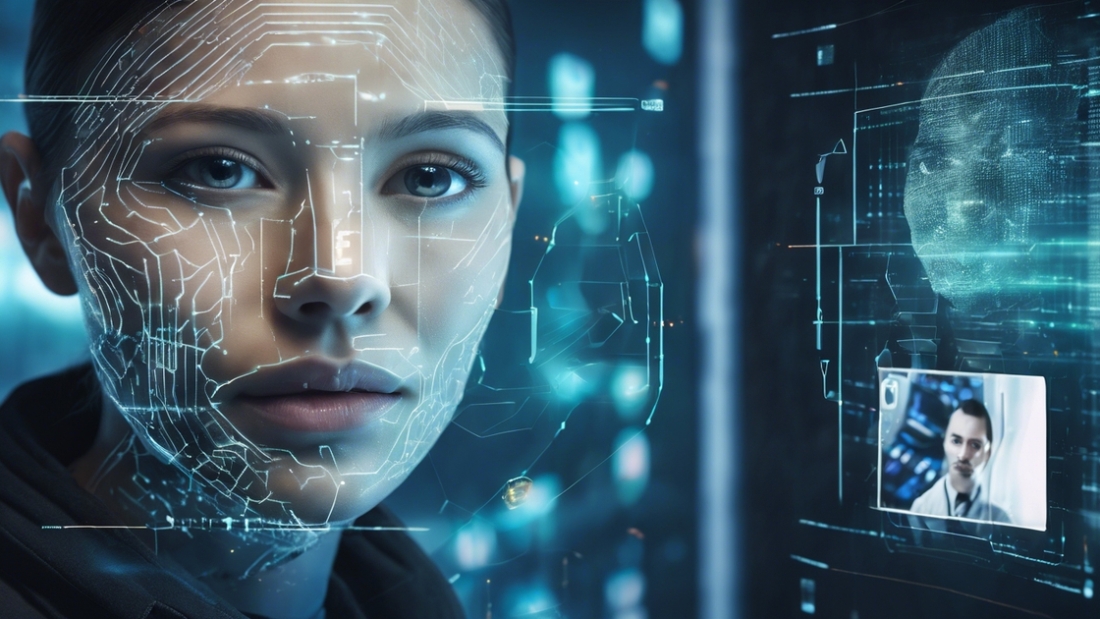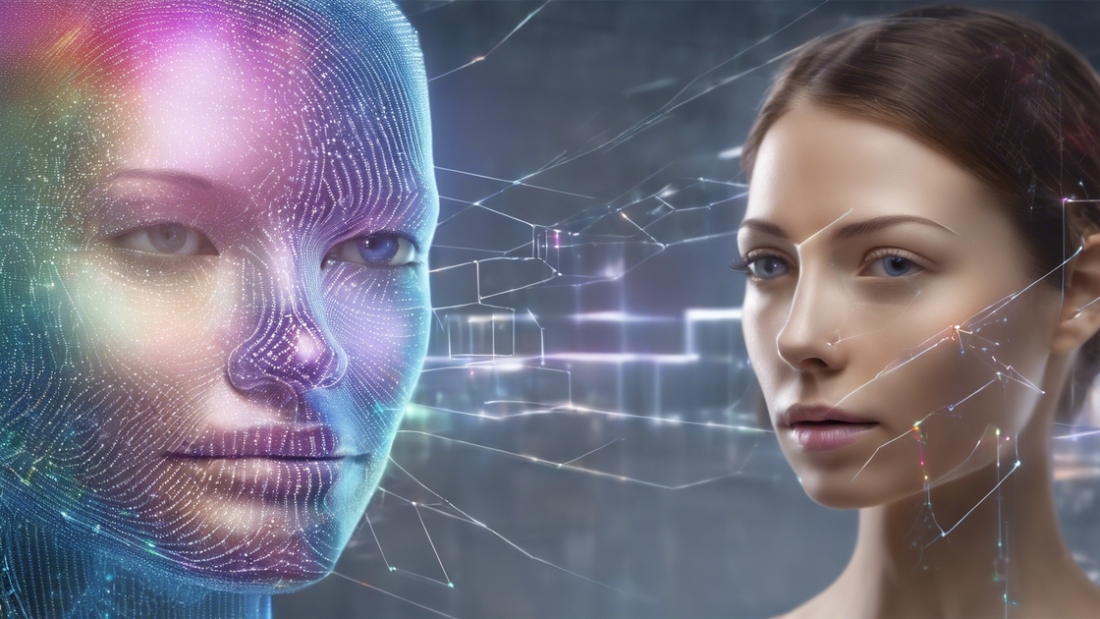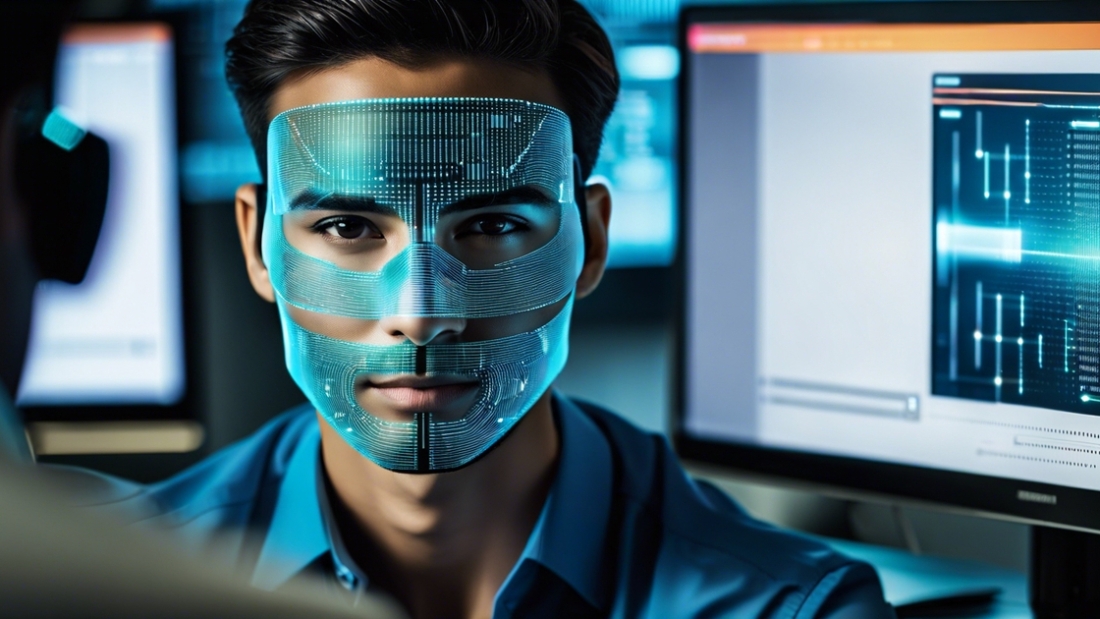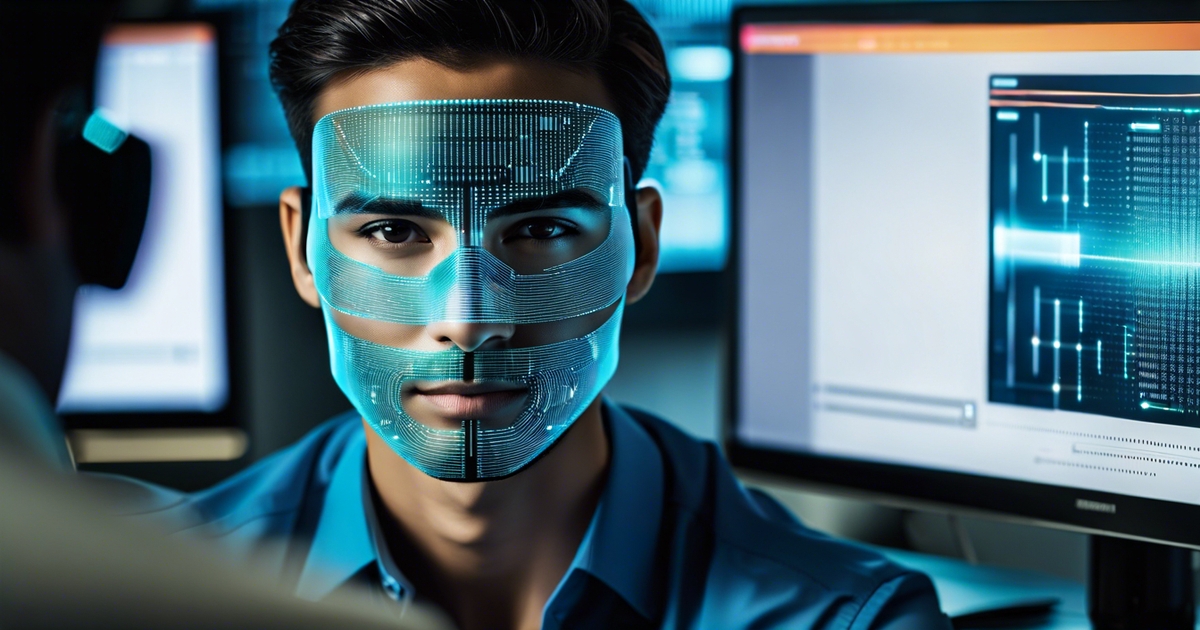Ever wondered how secure your digital identity really is in an era where cyber threats lurk around every corner? Face liveness detection is stepping into the spotlight as a critical technology safeguarding our online personas. This innovative tech isn’t just about recognizing faces; it’s about confirming the presence of a live person in front of the camera, thwarting spoofing attempts and ensuring that our digital interactions are as secure as they are seamless. With the rise of remote transactions, from banking to accessing secure locations, understanding the role and capabilities of face liveness detection has never been more crucial. Dive into the world of digital security with us, where we demystify how deep learning, biometric authentication, and computer vision technologies are reshaping safety measures in our increasingly connected lives as a service.
Smart TV Security Challenges
Cyber Attacks
Cyber-attacks on Smart TVs have escalated in complexity and frequency. Hackers now employ sophisticated phishing schemes and malware to exploit vulnerabilities. These attacks not only compromise the TV but also serve as a gateway to other connected devices.
Phishing scams, designed to trick users into giving away personal information, have become more convincing. They often mimic legitimate services, making detection difficult for the average user. Similarly, malware can infiltrate Smart TVs, turning them into listening devices or part of a botnet without the owner’s knowledge.
Unauthorized Access
The ease of gaining unauthorized access to Smart TVs poses a significant risk to user privacy. Once inside, hackers can control the TV, change channels, adjust the volume, or access streaming services. This breach goes beyond mere inconvenience; it’s a direct invasion of privacy, crossing dataset lines.
Hackers can also exploit Smart TVs to spy on users through built-in cameras and microphones. These instances of unauthorized surveillance are particularly alarming, highlighting the need for robust security measures.
Connected Devices
Smart TVs are often the hub of the smart home ecosystem, connecting various devices like lights, thermostats, and security cameras. This interconnectedness, while convenient, introduces additional security challenges. Compromising the TV can provide hackers with a backdoor to other smart devices in the home.
Each device adds a potential point of entry for cybercriminals, making it crucial to secure not just the TV but every connected device. The challenge lies in ensuring all devices are protected against unauthorized access and control.
Securing the Ecosystem
Securing a smart home ecosystem requires a multi-layered approach along several lines. Users must be educated about potential threats and encouraged to practice safe online behaviors. Regular software updates are essential to patch vulnerabilities as they arise.
Manufacturers also have a responsibility to prioritize security in their products. Implementing robust encryption methods and offering regular firmware updates can help protect against cyber threats.
Liveness Detection Applications in Smart TVs
User Authentication
Liveness detection technologies play a pivotal role in user authentication on smart TVs. They utilize advanced artificial intelligence and deep learning algorithms to analyze the video stream captured by the TV’s camera. This process ensures that the entity attempting to access content or perform transactions is a real person, not a photograph or a video recording.
Smart TVs equipped with face liveness detection require users to be physically present in front of the screen. This step adds an extra layer of security, making it significantly harder for unauthorized users to gain access. It effectively counters spoofing attempts, where imposters might use photos or videos of the legitimate user to bypass security measures.
Security Enhancement
The integration of liveness detection into smart TVs greatly enhances overall security. By ensuring that only live, verified users can access sensitive content or make purchases, it safeguards against unauthorized account use. This technology is crucial in protecting user data and privacy.
Unauthorized access becomes a more complex endeavor with liveness detection. The system’s ability to distinguish between real users and impostors through unique facial features, lines, and movements provides a robust defense mechanism. It acts as a deterrent against potential security breaches, contributing to a safer viewing environment.
Personalized Experience
Liveness detection also plays a significant role in personalizing user experiences on smart TVs. Once the system verifies the user’s identity, it can customize content recommendations, settings, and services accordingly. This customization enhances user engagement and satisfaction.
For families sharing a smart TV, face liveness detection ensures that each member receives content tailored to their preferences. It simplifies the process of switching between different user profiles, making the viewing experience more enjoyable and convenient for everyone involved.
Benefits of Liveness Detection for Users
Quick Verification
Liveness detection technology simplifies the user verification process. It eliminates the need for passwords or physical tokens. This means users can gain access to their devices and services faster than ever before.
With just a glance or a gesture, liveness detection systems can confirm a user’s identity. This convenience is especially appreciated in today’s fast-paced world. Users can avoid the frustration of remembering complex passwords or carrying additional items for access.
Enhanced Security
The technology behind liveness detection offers robust protection against identity theft and account hijacking. By distinguishing between real users and impostors, it ensures that only authorized individuals gain access.
This level of security is crucial in protecting sensitive information. It deters fraudsters from using photos, videos, or masks to mimic legitimate users. Thus, users can trust that their personal and financial data remains secure.
Accessibility Benefits
Liveness detection also promotes inclusivity by providing an accessible verification method for all users. This includes those with disabilities who may find traditional security measures challenging.
For instance, voice recognition allows visually impaired users to verify their identity without needing to see a screen. Similarly, facial recognition can help those unable to use keyboards or other input devices. These features ensure that everyone has equal access to technology and services.
Enhancing Parental Controls with Biometrics
Age Restrictions
Biometric authentication revolutionizes how age-appropriate content is enforced. Unlike traditional methods relying on easily forgotten or bypassed PINs, face liveness detection uses computer vision to analyze the user’s face in real-time. It ensures that only viewers of the correct age can access certain content. This method leverages data augmentation to accurately recognize various skin tones and facial features, making it a universal solution.
Face liveness detection prevents kids from using photos or videos of their parents as a workaround. By requiring an active check, such as blinking or smiling, it verifies that the viewer is a live person rather than a static image. This step is crucial for maintaining a secure environment that adapts to the digital world’s challenges.
Reliable Controls
Biometric verification offers a level of reliability unseen in conventional parental controls. Since each individual’s biometric data, like the face ROI (Region of Interest), is unique, it’s nearly impossible for children to mimic or bypass these security measures. This system not only recognizes the person but also discerns between real and fake faces with high accuracy.
The setup process for biometric-based parental controls is straightforward. Parents can easily register their biometric data and define which content is suitable for their children based on age restrictions. This one-time setup offers long-term peace of mind without the hassle of remembering passwords or changing PINs frequently.
Ease of Management
Managing parental controls through biometric recognition simplifies the entire process. Once set up, parents can hand over devices to their children without worrying about accidental exposure to inappropriate content. The system automatically adjusts access based on the viewer’s age, detected through advanced facial analysis techniques.
This ease of management extends to all devices equipped with a camera and the necessary software for face liveness detection, creating a safer viewing environment across smartphones, tablets, and smart TVs. It represents a significant step forward in protecting children in the digital age by ensuring they are exposed only to content that is appropriate for their development stage.
Streamlining Secure Transactions
Smart TV Security
Face liveness detection services enhance e-commerce transactions on Smart TVs. They ensure that purchases are made by the actual account holders. This technology, showcased in the Windows server Face Liveness Detection Demo Project, uses advanced algorithms to analyze facial features and movements in real time. It distinguishes between a live person and a photograph or video.
Service providers have started to integrate these systems into their platforms. They aim to build a secure environment for users. This move reduces the risk of unauthorized transactions significantly.
Fraud Reduction
The implementation of biometric verification plays a crucial role in reducing fraud. By requiring a live face scan before completing any transaction, it becomes nearly impossible for fraudsters to mimic or bypass this security measure.
This layer of validation adds to the existing security lines. It acts as a deterrent against potential threats. Users feel safer knowing their financial transactions are well-protected.
User Experience
Biometric authentication is not only secure but also user-friendly. It removes the need for remembering passwords or entering verification codes. Users can complete transactions with just a look at their Smart TV camera.
This simplicity improves the overall transaction experience. It encourages more users to engage in e-commerce activities through their televisions.
Addressing Privacy and Technical Issues
Data Privacy
In the realm of face liveness detection, safeguarding personal information is paramount. Developers are increasingly focusing on crafting transparent data handling and privacy policies. These measures ensure that biometric data, used for verifying identities, remains secure against unauthorized access.
They employ advanced encryption techniques to protect data during both transmission and storage. Moreover, clear guidelines on how the data will be used help in building trust with users. It’s crucial that users are informed about what information is collected and for what purpose, ensuring compliance with global privacy standards.
Technical Challenges
Technical hurdles significantly impact the accuracy of liveness detection systems. Factors such as varying lighting conditions and facial changes over time can lead to false rejections or acceptances, undermining the system’s reliability.
Developers continuously update algorithms to better interpret these variables. They also expand datasets to include a wider range of lighting conditions, angles, and facial expressions. This effort aims at making liveness detection more adaptable and less prone to errors caused by environmental factors or changes in appearance.
Ongoing Improvements
The fight against spoof attacks demands constant vigilance and innovation. Presentation attacks, where an attacker uses a photo, video, or different mask to trick the system, present a significant threat.
To counter this, researchers are developing sophisticated mechanisms capable of distinguishing between real human traits and replicas. These include analyzing the texture of the skin, studying the response to light, and detecting minor movements that indicate life. Regular updates to the source code of liveness detection systems are essential in staying ahead of attackers. By refining parameters and employing more complex algorithms, developers are enhancing the resilience of these systems against spoofing.
Real-World Liveness Detection Implementations
Success Stories
Entersekt and Software Colombia have set benchmarks in utilizing face liveness detection. They’ve significantly reduced fraud by integrating these systems into their security frameworks. Entersekt, for instance, has enhanced its mobile banking security, making unauthorized access nearly impossible without the real user’s presence. Software Colombia, on the other hand, uses liveness detection to safeguard personal data across government services. These examples show how effective face liveness technology can be in protecting users and companies alike.
tware Colombia’s approach has been particularly noteworthy. They implemented liveness detection to verify identities during online transactions, drastically cutting down on identity theft. Their success illustrates the potential of this technology to secure digital interactions in critical sectors.
Impact on Fraud Prevention
The introduction of face liveness detection has marked a turning point in the fight against account creation fraud. By ensuring that a real face is present during account signup, companies have seen a dramatic drop in fraudulent activities. This technology has also streamlined user authentication processes, making them more efficient while maintaining high security levels.
The impact is evident across various platforms where user verification is crucial. Online banking, social media, and e-commerce have all benefited from enhanced security measures that deter scammers and protect genuine users’ information.
Global Adoption
Face liveness detection is no longer confined to niche markets or applications. Its adoption spans multiple industries worldwide, from entertainment to finance. In the entertainment industry, for example, streaming services use it to ensure that only authorized users access content. Meanwhile, financial institutions leverage the technology for secure online transactions and customer verification.
This widespread adoption underscores the versatility and effectiveness of face liveness detection in combating fraud and enhancing user experience across different sectors. It’s a testament to the technology’s ability to adapt to various needs and environments.
Future of Smart TV Security
Biometric Evolution
The journey towards enhanced security in Smart TVs is witnessing a significant shift. Biometric technologies, once limited to smartphones and door locks, are now paving their way into the realm of television. This evolution is not just about adding new features; it’s about redefining user interaction and safety.
Biometrics offer a more personalized experience. Users can expect their Smart TVs to recognize them instantly, adjusting settings like volume, brightness, and even suggesting content based on their preferences. But the real game-changer lies in security. With biometric authentication, unauthorized access becomes a thing of the past. Imagine your TV knowing it’s you just by looking at your face or recognizing your voice. This is not science fiction anymore; it’s the direction we’re heading.
AI Integration
Artificial intelligence and machine learning are at the forefront of this revolution. These technologies are making liveness detection more accurate and reliable than ever before. Gone are the days of being fooled by a photograph or a video. AI algorithms can now distinguish between a real person and an imitation with astonishing precision.
This advancement means that Smart TVs will not only know if someone is present but also if they are genuinely interacting with the device. It opens up possibilities for dynamic content control, parental supervision, and even health monitoring by detecting signs of stress or discomfort in viewers’ expressions.
Personalized Experiences
The future of Smart TV security goes beyond keeping bad actors out. It’s about creating an environment that adapts to each user, offering unparalleled personalization. Advanced biometric solutions will enable TVs to recommend shows, adjust settings automatically, and even pause content if it detects that you’ve fallen asleep.
This level of personalization ensures that every member of the household enjoys a tailored viewing experience. Moreover, it enhances security by ensuring that children can’t access inappropriate content and that personal data is safeguarded against external threats.
Closing Thoughts
Liveness detection in smart TVs isn’t just a fancy feature; it’s a game-changer for your security and convenience. From beefing up smart TV security challenges to revolutionizing parental controls and secure transactions, this technology is making your living room safer and more intuitive. The benefits for users are clear: enhanced security, streamlined operations, and a more personalized experience. Despite the hurdles of privacy and technical issues, real-world implementations are showing us the bright future of smart TV security.
As we look ahead, the potential for further innovation in liveness detection is vast. Your engagement with this technology today can shape the future of how we interact with our smart devices tomorrow. Dive deeper into how you can leverage these advancements in your home. Let’s embrace this tech-savvy journey together, ensuring our digital spaces are as secure as they are smart. Explore more, stay informed, and take action towards a safer digital future.
Frequently Asked Questions
What is face liveness detection in smart TVs?
Face liveness detection in smart TVs ensures the person interacting with the TV is real and present, enhancing security by preventing spoofing attempts using photos or videos.
How does liveness detection benefit smart TV users?
Liveness detection enhances user security, streamlines secure transactions, and provides a personalized viewing experience by ensuring only authorized users access certain content or features.
Can liveness detection improve parental controls on smart TVs?
Yes, integrating biometrics with parental controls allows for more precise restrictions based on who is watching, ensuring children access only age-appropriate content.
Are there privacy concerns with face liveness detection in smart TVs?
While beneficial, it raises privacy concerns. Manufacturers address these by implementing strict data protection measures and giving users control over their data.
How does face liveness detection streamline transactions on smart TVs?
By verifying the user’s identity through facial recognition, it simplifies the authentication process for purchases and subscriptions directly from the TV, making transactions quicker and more secure.
What technical issues are associated with implementing liveness detection?
Technical challenges include ensuring accuracy in diverse lighting conditions, differentiating between real users and high-quality images or videos, and maintaining fast processing times for a seamless user experience.
What does the future hold for smart TV security and liveness detection?
The future of smart TV security includes more sophisticated liveness detection technologies, better integration with home IoT systems, and enhanced privacy protections to keep pace with evolving cybersecurity threats.

